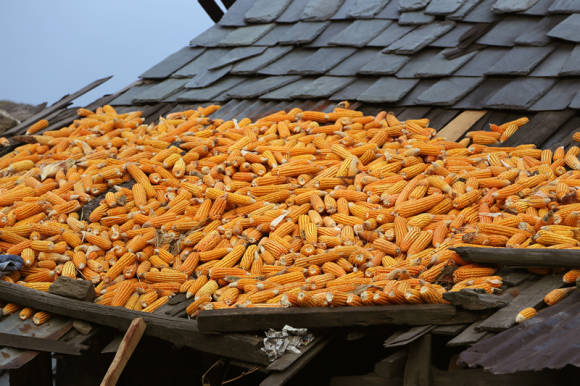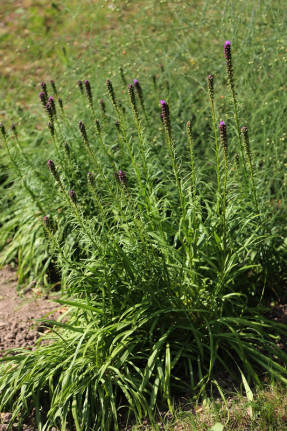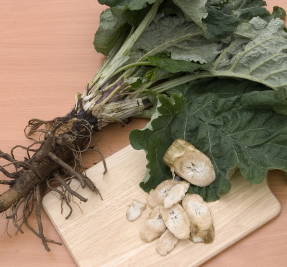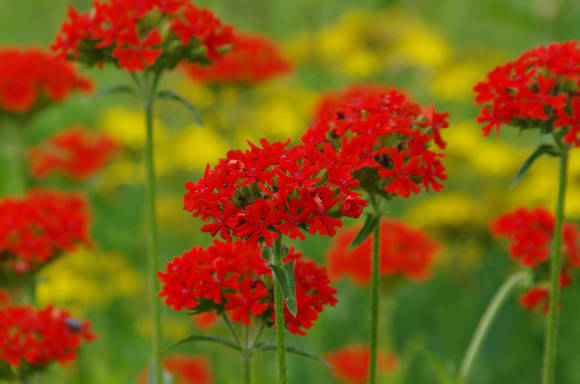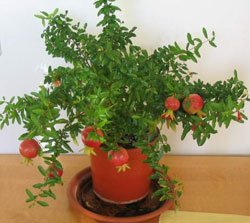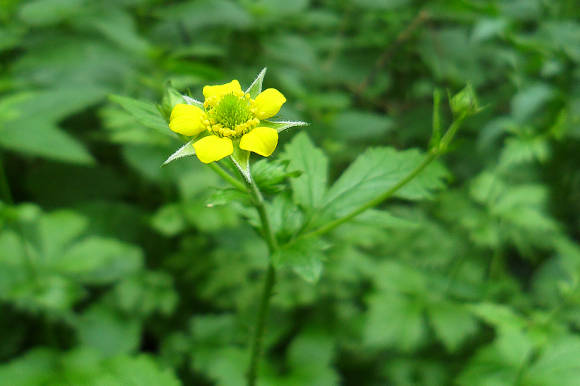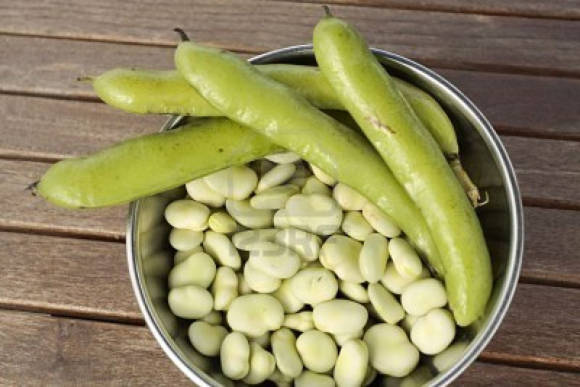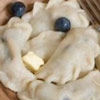Flower growers know prickly cleoma (Cleome spinosa) with bizarre flowers, forming thin "spider legs" with long seed bolls when flowering. Recently, another, similar species has appeared on city flower beds and in private gardens - Hassler's cleoma (Cleome hassleriana). It is also an annual plant, but even more decorative. It forms a mass of beautiful greenery, over which lush inflorescences of white, pink or lilac flowers rise.

Some botanists consider these two plants to belong to the same species - prickly cleoma. Another name can be found in the American flora - Tarenaya hassleriana, belonging to the caper family. There is also another opinion - on the basis of genetic studies, Hassler's cleoma was classified as a Houtte cleoma (Cleome houtteana).
By the way, the name of cleoma comes from the ancient name of the plant, which for some reason compared it with mustard - perhaps because of the specific smell of the leaves when rubbed. And the species is associated with the name of the Belgian plant collector and nursery breeder Louis Benoit van Houtte, who lived in the 19th century.
Time will judge, but for now in the seed catalogs it is still Hassler's cleoma.
She comes from South American countries - Argentina, Paraguay, Uruguay and southeast Brazil.
This is an annual plant up to 0.9-1.5 m high. Stiff stems are branched at the base and covered with large (up to 20 cm in diameter) 5-7-lobed, textured, sticky due to short glandular hairs with an unpleasant odor, leaves like castor bean leaves or fatsia. They are attached to the stems spirally on long, up to 15 cm, petioles, having at the base a pair of sharp spines-stipules up to 3 mm long. The flowers form large apical brushes up to 30 cm in diameter, purple, pink or white, with four petals and six long stamens, have a pleasant sweet aroma. The fruit is a pod-shaped capsule up to 15 cm long and 3 mm wide, with several lumpy seeds inside. Long bloom, from early summer to autumn frosts. Ripening pods turn brown, crack and spill seeds, often giving abundant self-seeding.
The inflorescences open from the bottom up, and at a time when the upper flowers have not yet blossomed, bolls are already formed on the lower ones. Usually, the plant does not have time to fully bloom until the fall.
Varieties
There are a number of varieties and hybrids of Hassler's cleoma, the most famous of which are:
- Variety series Queen, which includes cultivars of different colors - Violet Queen, Rose queen, White queen - powerful, 1.2 m high.
- Helen campbell has a height of 1-1.5 m and pure white flowers. The variety has received an award from the Royal Horticultural Society of England.
- Kelly rose - compact dense variety with pleasant lilac-pink flowers.

Sowing seeds
Cleoma propagates by seeds, both seedling and non-seedling.
For seedlings, seeds are sown in March, about 8 weeks before planting in open ground. To increase germination, it is good to treat them with a solution of Epin, Zircon or Lignohumate. The seeds are germinated at a temperature of + 26 ... + 30 ° C during the day and + 20 ° C at night. Seedlings appear spontaneously for a week or more, and when treated with stimulants - after 4-6 days.
Soil for sowing requires preliminary preparation - adding ash to it, because the plant gravitates towards neutral soils. You can simply cover the rows with crops with ash. The seeds should be no deeper than 3 cm. After the appearance of the first true leaves, additional lighting is organized, otherwise the crops will be greatly extended. The temperature of the content is reduced to + 22 ° C. Seedlings are planted in open ground at the end of spring frosts.
Cleoma grown through seedlings grows rapidly and blooms as early as June. But you can sow it directly into open ground, after the last frost. But in this case, flowering will be short-term, because the plant requires a long growing season.
Cleoma is capable of self-seeding, but the parental traits of the plant may not be preserved if the variety is of hybrid origin.
Cultivation of cleoma
Having come to us from warm countries, Hassler's cleoma grows well in temperate climates. For its full prosperity, a sunny, open place is necessary, although at noon the plant tolerates very little partial shade. Plants are planted at a distance of 50 cm.

Watering - a key event in the care of this plant. It is best if the soil is always slightly damp. Short periods of drought do not harm the plant, but after them it is necessary to replenish moisture with deep, abundant watering. Mulching with compost also contributes to moisture retention, which at the same time gives the plant the necessary organic matter. Cleome does not tolerate excess moisture, therefore the soil must be drained, light, deoxidized (pH 6.6-7.8). On heavy soils, due to stagnant water, it is possible to get sick with gray rot (botrytis).
Top dressing... Like any fast-growing plant, Hassler's cleoma is voracious. It must be fed every 2 weeks with a complex mineral fertilizer for flowering plants.
Pests and diseases the plant is susceptible to little, although it is possible that aphids are affected by whiteflies, and powdery mildew disease in the fall.
Use in landscape design
Cleoma Hassler is a large plant for single planting on the lawn, for hedges, flower beds, gravel gardens. It should be borne in mind that the plant is prickly, and do not plant it near paths and playgrounds. Due to its unpretentiousness, cleoma is suitable for urban landscaping. It looks spectacular in large containers, for which the Kelly Rose variety and the Senjorita hybrid series are perfect.
 |  |
Cleoma Hassler looks great against the background of conifers or shrubs. Attracts butterflies to the garden.
